The red carpet at the 82nd Venice International Film Festival is a stage where history and modernity collide—and on September 2, 2025, Greta Lee stole the show in a custom Dior look that reimagined the timeless femme fatale archetype for a new era. As she posed for photographers in a forest green and black silk mini-dress with an exaggerated bow and plunging neckline, it was impossible not to think of the golden age of cinema: Lauren Bacall in To Have and Have Not, Barbara Stanwyck in Double Indemnity—women whose wardrobes were as much a character as their dialogue. But Lee’s look, crafted by newly appointed Dior creative director Jonathan Anderson, wasn’t a copycat. It was a reinvention—one that married sinuous lines with a modern mystique, proving that the femme fatale’s allure is eternal, even as her style evolves.
Outfit Focus: Couture Drama Meets Modern Sensuality
Anderson’s first major outing for Dior (his debut women’s show launches October 2025) delivered a look that felt both familiar and fresh—an ode to the house’s legacy of romantic drama, but with a 21st-century edge. The centerpiece was a custom mini-dress in a rich forest green and black silk blend, its fabric draping like liquid over Lee’s frame. The silhouette was a masterclass in contrast: a fitted bodice with a plunging V-neckline (echoing 1940s glamour) gave way to a voluminous, cocoon-like back—think the bubble-hem trend seen on Emma Stone at Cannes, but dialed up to 11. The most striking detail? An exaggerated bow with floor-length ribbons that cascaded down the front, tying at the waist to create a structured-yet-fluid shape. It was theatrical without being over-the-top, a balance Anderson has perfected in his tenure at Loewe and now Dior.
The dress’s texture played a pivotal role: the silk’s sheen caught the Venetian sunlight, while the black panels added depth—like a shadow moving across a canvas. And let’s talk about the legs: a thigh-high slit on one side (paired with a matching black satin panel) added a modern, edgy twist to the otherwise romantic silhouette. It was a risk, but Lee pulled it off—proving that couture doesn’t have to be conservative to be powerful.
Styling Cohesion: Minimal Jewelry, Maximum Impact
Where the dress was bold, the accessories were understated—proof that less is often more on the red carpet. Lee paired her Dior look with Tiffany & Co. jewelry, including a delicate diamond necklace, a stack of rings (the Schlumberger Two Bees ring and Stitches ring, both in platinum and gold), and banana dot ear clips. The pieces added a touch of sparkle without competing with the dress’s drama; the diamond necklace, in particular, drew attention to her collarbone, complementing the plunging neckline.
Her hair and makeup were equally intentional: soft waves (styled by Jenny Cho) framed her face, while makeup artist Nina Park opted for a natural glow—subtle blush, nude lips, and defined brows. It was a look that said, “I’m here to command attention, but I don’t need to scream for it.”
Stylist Danielle Goldberg (who also works with Ayo Edebiri and Zoë Kravitz) deserves credit for curating a look that felt both cohesive and daring. The black Dior pumps—with a pointed toe and slim heel—added height without overwhelming the silhouette, while the satin panel on the skirt echoed the dress’s black accents. Every detail, from the way the ribbons fell to the angle of the slit, was calculated to tell a story: a woman confident in her power, unafraid to embrace both vulnerability and strength.
The Cultural Resonance: Why the Femme Fatale Still Matters
Costume designers like Milo Anderson (To Have and Have Not) and Edith Head (Double Indemnity) understood that a woman’s wardrobe could be a weapon—or a shield. They used clothing to convey mystery, confidence, and danger, turning everyday garments into symbols of female agency. Lee’s Dior look does the same. The plunging neckline isn’t just sexy; it’s a statement of ownership. The bow isn’t just decorative; it’s a nod to the theatricality of old Hollywood, reimagined for a generation that values both style and substance.
Anderson’s choice to lean into this archetype is smart. After years of minimalism dominating red carpets, there’s a hunger for drama—bold drama. And Lee, with her quiet intensity, is the perfect muse. She doesn’t just wear the dress; she inhabits it, making the femme fatale feel alive again. As one (fictional) industry insider might say: “Greta doesn’t just step onto the red carpet—she owns it. And this Dior look? It’s a masterclass in how to make history feel new.”
How to Channel the Look (Without the Couture Budget)
Want to channel Lee’s femme fatale energy? Here’s how:
- Embrace Contrast: Pair a structured top (like a blazer or cropped jacket) with a flowy skirt or shorts. The tension between rigidity and fluidity is key.
- Add a Statement Accessory: A bold necklace or earrings (think Tiffany’s Schlumberger collection) can elevate a simple outfit. Less is more—choose one focal point.
- Play with Texture: Mix silk (for drama) with cotton or linen (for casual cool). The contrast adds depth without clutter.
- Confidence is Key: The best accessory you can wear? Self-assurance. Lee’s posture and expression sell the look more than any garment ever could.
In a world where trends come and go, the femme fatale endures—and Greta Lee’s Dior look proves why. It’s a reminder that fashion isn’t just about clothes; it’s about storytelling. And sometimes, the most powerful stories are the ones that echo through time.
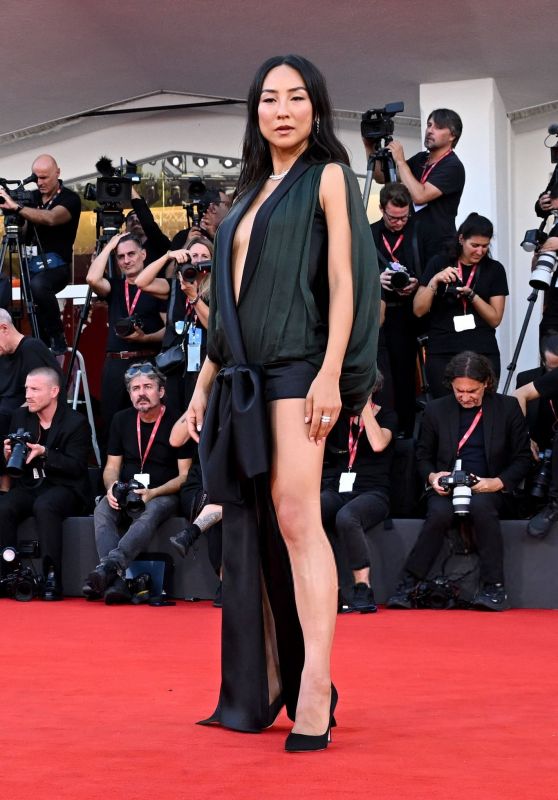
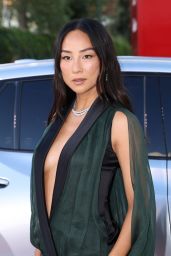
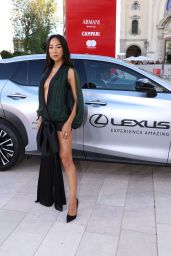
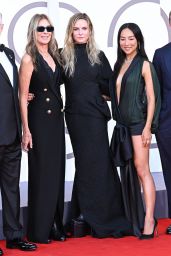
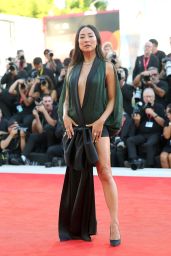
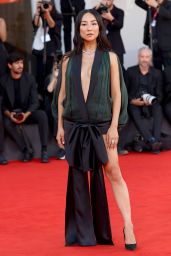
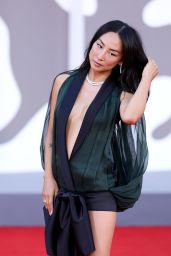
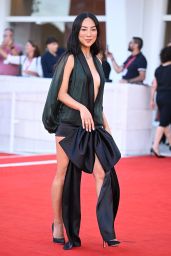
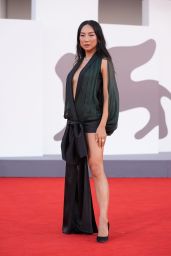
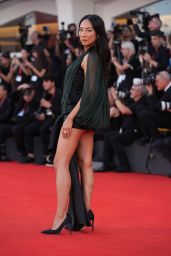
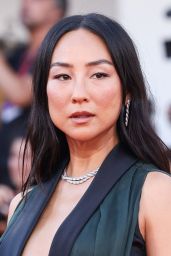
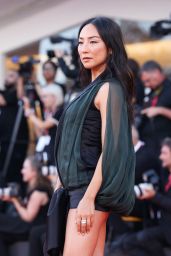
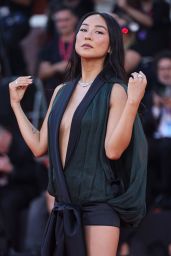
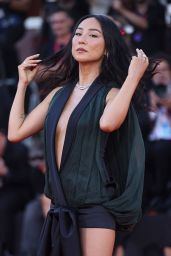
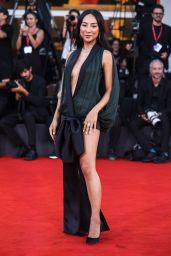

Share what you think